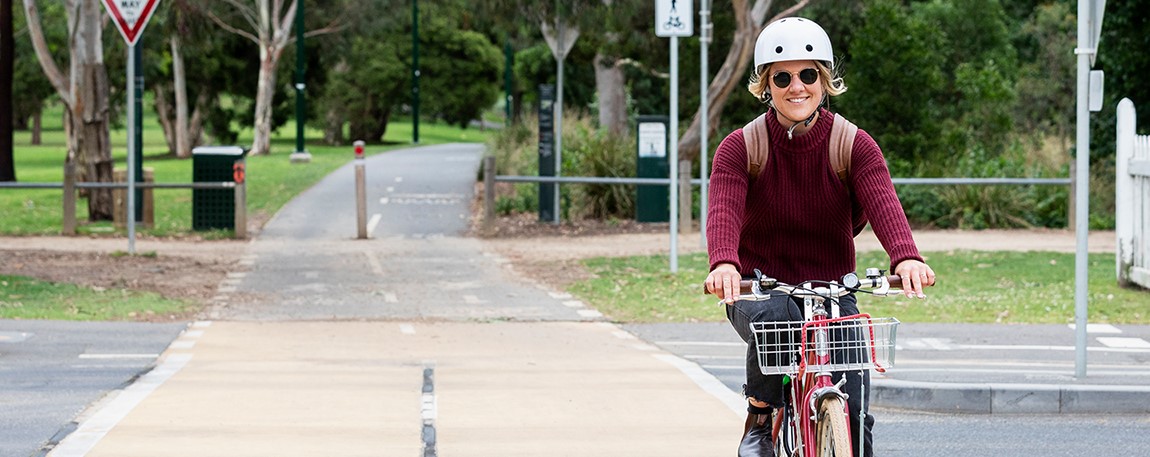Poor infrastructure, bad weather and sharing the road with vehicles are amongst the list of barriers preventing people from hopping on bikes.
The barriers were highlighted in a new study, led by researchers at Monash University. The research team conducted a systematic review of all literature where a barrier or enabler for riding a bike was identified.
The motivation for the study was to explore why bike riding levels, or ‘participation’, in low across many countries. In Australia, for example, around 3% of people who travel to work use a bike. However, we should not single ourselves out. Bike riding participation is also low (<10% of all travel) in the US, Canada, Brazil, Argentina, Switzerland, and Finland.
The study identified 45 publications where a barrier or enabler for bike riding was found.
The greatest barrier to riding identified was sharing the road with motor vehicles. However, the study found a number of additional barriers:
- bad weather
- the time taken to a destination being too great
- lack of provision and connectivity of bike paths
- lack of storage when riding for transport
- a perceived lack of safety
- negative attitudes towards riders
- high density of motor vehicles
However, the study also revealed a number of ‘enablers’ that make people want to ride. The key enabler reported by the highest proportion of participants, was the provision of high-quality protected bike paths.
In other words, the key barrier the study found was also the key enabler.
Other enablers identified by the study included:
- personal improvement and enjoyment
- riding being an economically viable transport option
- riding being an environmentally friendly transport option
The authors suggest that many of the leading factors could be overcome by providing high-quality bike infrastructure that is separated from motor traffic. There is reasonably good consensus amongst researchers that this type of infrastructure should be prioritised where possible.
The study also highlights the need to identify and mitigate unsafe interactions between bike riders and motor vehicles through lower speed limits, and traffic calming. Another recommendation is improving the accessibility of cargo bikes, which would allow greater carrying-capacity for shopping and other goods.
While there is still much to be learned, including how these barriers and enablers relate to each other, this is a promising start to understanding how we can better encourage people to give bikes a try.
Become our friend
Find out more about Bicycle Network and support us in making it easier for people to ride bikes.


